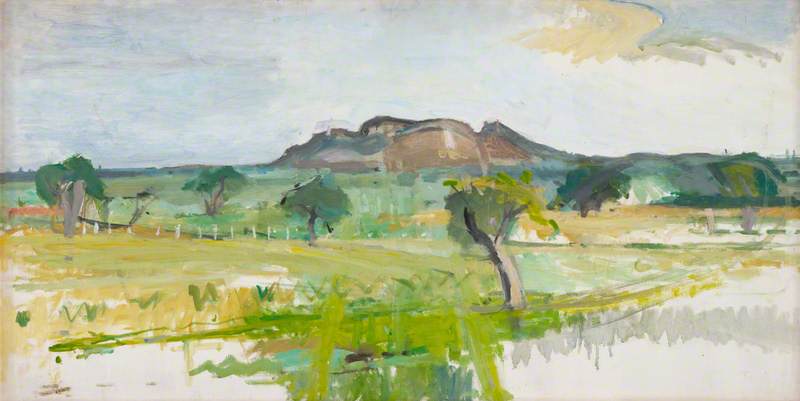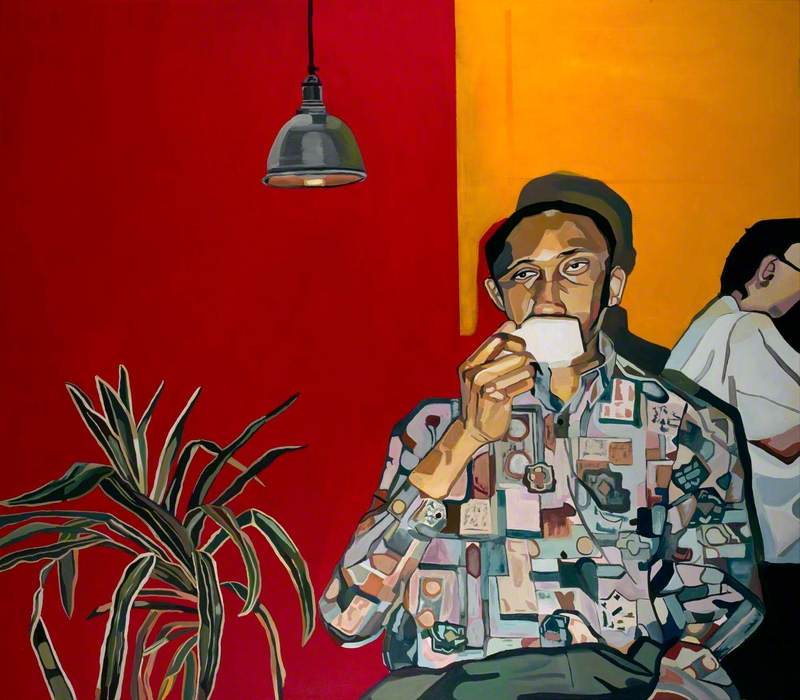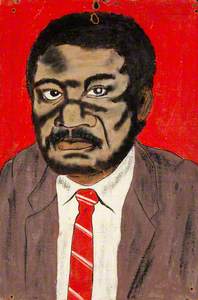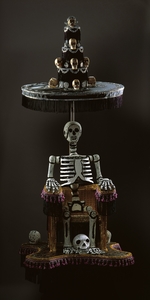Nigeria is one of the most populous countries within the continent of Africa. Over 520 languages are spoken there, and it is home to a multitude of traditions and cultures, continually growing both within the country and the global Nigerian diaspora. Although it has only had 57 years of independence from the United Kingdom, and even with its many shortcomings, one cannot deny that the country has come a long way.
Nigeria boasts the second largest film industry in the world and it has produced some influential names in the African music industry, including Fela Kuti and Tiwa Savage. Some incredible writers like Chinua Achebe and Chimamanda Ngozi Adichie have also come from the land of the Super Eagles (the Nigerian national football team). Members of the global diaspora, including John Boyega, Anthony Joshua and Sade give Nigeria a reason to be proud.
To create visual pieces based on the work of writers you will probably never meet, like an unofficial collaboration project, is quite a beautiful thing.
Despite its ever-growing fame as a result of the creatives it has birthed, Nigeria’s struggle with change is evident from looking at its current political issues – but also by looking at its past. These two paintings by an unknown Nigerian artist embody two of Nigeria’s men, both fictional and real, and their fight for change.
The first is Lakunle*, a character from a play called The Lion and the Jewel by Nigerian writer Wole Soyinka. The play focuses on Lakunle, who is in love with the village beauty Sidi (the Jewel), and his fight to win her heart. The problem lies in the fact that she has also caught the eye of the Chief of the village, Baroka (the Lion).
Lakunle is a school teacher, in love with the idea of change, and he embraces modernisation with open arms. He uses the little knowledge he has acquired from western textbooks to belittle the rest of the people in the Yoruba village of Ilujinle, including his sweetheart Sidi. While everyone else is proudly adorned in their native wear, Lakunle parades around in suit jackets and trousers that are too small for his stature. In The Lion and the Jewel, Soyinka penned a play that is not only amusing on the surface but thematically exposes its audience to the ongoing battle between tradition and modernity that occurs in many countries – but in this particular case, Nigeria.
Dele Giwa was a Nigerian journalist who was killed by parcel bomb on 19th October 1986 as a result of his radical journalism. Giwa was the founder and editor of NewsWatch, a weekly news magazine which he and some of his colleagues founded a year before his assassination. According to a 1989 description of the magazine by James Phillip Jeter, NewsWatch 'changed the format of print journalism in Nigeria... (and) introduced bold, investigative formats to news reporting in Nigeria.' The magazine was widely known for uncovering political corruption and corporate wrongdoing and gave its readers much-needed truths, to the dismay of many dishonest politicians and business owners.
Considering these paintings were acquired in 1990, it’s clear that they must have been painted not long after Giwa’s assassination, possibly hence the anonymity of the artist. Many who questioned why the murder of Dele Giwa had gone unsolved were wrongly imprisoned or their family members were kidnapped and so a painting that paid homage to him could have led to similar repercussions.
What I love about this artist’s work is that they have used their creative gift to encapsulate the art and life of other Nigerian creatives. The artist has painted something that resembles claw marks on the cheeks of Soyinka’s Lakunle, whilst Giwa’s painting sadly, but necessarily, has what appears to be scorch marks on his face. To create visual pieces based on the work of writers you will probably never meet, like an unofficial collaboration project, is quite a beautiful thing.
To me, the paintings represent two contradicting things. The first is how tradition has played a part in the slow progression of Nigeria’s political climate. In Soyinka’s play, Baroka managed to outsmart some of the other characters and eventually beat Lakunle in the fight for Sidi’s hand in marriage – representing the triumph of traditionalism over modernity. Whilst Giwa’s intentions were more noble and much less egotistical than the fictional Lakunle’s, his fight for change and justice ultimately cost him his life. The second is hope for change. Soyinka’s critically acclaimed play began dialogues on the negative impact of colonisation on tribal customs and his career as a writer put Nigeria on the map, as he became the first African to win a Nobel Prize for Literature. The life, career and death of Dele Giwa undoubtedly impacted the nature of journalism in Nigeria forever, shifting its focus from money and coverups to the revelation of the truth for the good of the Nigerian people.
Precious Mayowa Agbabiaka, freelance writer
*Please note we are in contact with the Horniman Museum and Gardens about a potential error in the title of this work.














